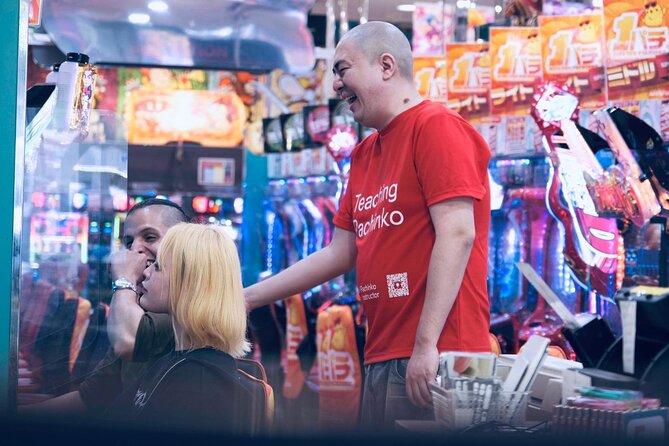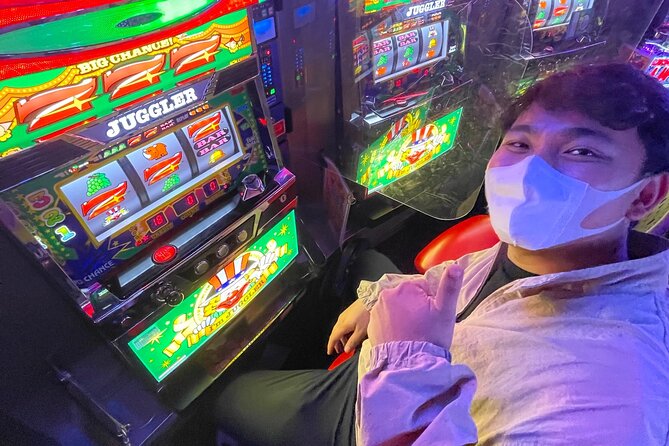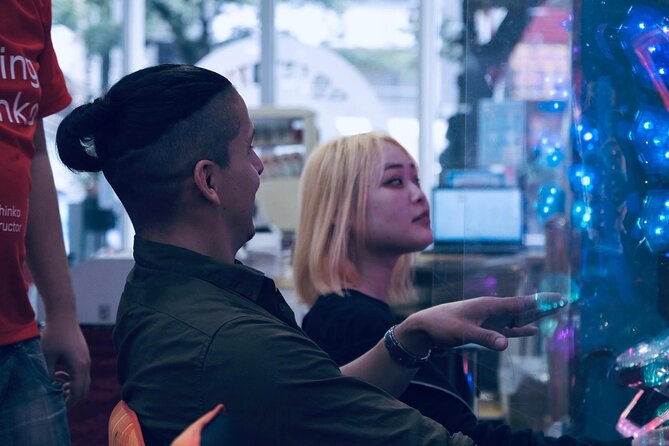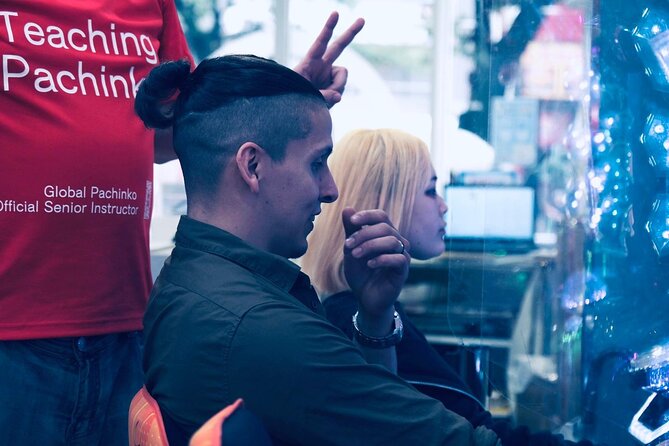Discover the Secrets of Pachinko, Japans Traditional Game
Set out on an enlightening exploration into the intriguing realm of Pachinko, Japan’s traditional game. Uncover the allure of this beloved pastime, where skill, luck, and strategy converge to create a unique experience.
From its rich cultural heritage to the mesmerizing gameplay, Pachinko holds secrets waiting to be unveiled. Dive into the world of Pachinko parlors, where the heartbeat of Japan’s arcade scene pulses with excitement.
Discover the mysteries behind this captivating game and its profound impact on Japanese culture, offering a glimpse into the fascinating traditions of Japan’s gaming world.
Key Points

- Pachinko combines luck and skill, making gameplay engaging and challenging.
- Pachinko parlors are cultural hubs blending tradition with modernity.
- Pachinko significantly impacts Japan’s economy and social fabric.
- Modernized Pachinko machines attract a broader audience with interactive features.
History of Pachinko

The history of Pachinko traces back to the early 1920s Japan when the game first emerged as a form of entertainment and gambling. Initially, it was inspired by a children’s toy but quickly evolved into a popular pastime for adults.
Pachinko’s influence on gambling in Japan is profound, as it grew to become one of the most widely played games in the country. Its cultural significance is evident in the dedicated Pachinko parlors that can be found throughout Japan, each with a unique atmosphere and style.
Pachinko hasn’t only provided entertainment but has also become a symbol of Japanese gaming culture, blending elements of luck and skill in a way that captivates players of all ages.
How Pachinko Is Played

Players in Japan engage with the traditional game of Pachinko by launching small metal balls into a vertical playing field filled with pins, aiming to land them in specific pockets to trigger a cascade of lights and sounds.
Understanding Pachinko strategies and winning tips is crucial for success in this game. The inner workings of the Pachinko machine are intricate, involving a network of pins, pockets, and electronic components that determine the outcome of each ball launched.
Players must master the art of controlling the speed and angle of the balls to increase their chances of hitting the desired pockets. By learning how to navigate the Pachinko machine mechanics, you can enhance their gameplay experience and potentially achieve greater rewards.
Pachinko Parlors in Japan
Venturing into the vibrant streets of Japan, one encounters a myriad of Pachinko parlors exuding a blend of tradition and modernity. These establishments aren’t just places to play but also hold cultural significance.
Pachinko parlors are bustling hubs where players enjoy the mesmerizing game. To fully enjoy the experience, visitors should be aware of Pachinko etiquette, such as avoiding loud noises and refraining from using cell phones.
The atmosphere inside these parlors is energetic, with the sound of balls bouncing against pins filling the air. Understanding the cultural importance of Pachinko in Japanese society adds depth to the overall experience of visiting these parlors, making it more than just a game but a window into a unique aspect of Japanese culture.
Popularity of Pachinko in Japanese Culture

Amidst the vibrant tapestry of Japanese entertainment, Pachinko stands out as a cultural phenomenon that captivates both locals and visitors alike. Its popularity extends beyond mere amusement, delving into the realms of economic impact and societal perceptions.
Pachinko parlors, with their flashing lights and cacophony of sounds, contribute significantly to Japan’s economy, drawing in billions of dollars annually. On a societal level, Pachinko has been both praised for its role as a social hub where individuals gather to relax and unwind, and criticized for its association with gambling addiction.
Despite differing opinions, there’s no denying the deep-rooted presence Pachinko holds within Japanese culture, shaping experiences and interactions for generations to come.
Modern Trends in Pachinko
In the ever-evolving landscape of Japanese gaming culture, modern trends in Pachinko are reshaping the traditional game experience for enthusiasts and newcomers alike. Technology advancements have played a significant role in transforming Pachinko parlors. Digital displays, interactive features, and themed machines have enhanced gameplay, attracting a wider audience.
These advancements not only create a more immersive experience but also cater to younger generations more accustomed to digital entertainment. On top of that, the cultural impact of these modern trends is profound. Pachinko, once considered an older generation’s pastime, is now attracting a diverse demographic, bridging traditional elements with contemporary preferences.
This fusion of tradition and innovation ensures that Pachinko remains a vibrant and relevant part of Japanese gaming culture.
Common questions

Are There Any Superstitions or Rituals Associated With Playing Pachinko in Japan?
When playing pachinko in Japan, some believe in superstitions and rituals for luck, like specific seating positions or tapping the machine. Cultural beliefs intertwine with gaming strategies, affecting players psychologically. Lucky charms and spiritual practices blend with addictive behaviors, shaping the pachinko experience.
Can You Customize or Personalize Your Own Pachinko Machine?
Customization options for a pachinko machine allow players to personalize features such as graphics, sound effects, and lighting. These tailored elements enhance the gaming experience, making each machine unique to the player’s preferences.
Are There Any Famous Celebrities or Public Figures Known to Be Avid Pachinko Players?
Famous celebrities and public figures have been known to enjoy Pachinko, a traditional Japanese game. Some well-known individuals have showcased their love for this game, adding to the cultural significance and popularity of Pachinko in Japan.
Is There a Specific Etiquette or Code of Conduct That Players Must Follow While in a Pachinko Parlor?
When in a pachinko parlor, players must adhere to specific etiquette and rules. Proper player behavior includes refraining from loud noises, not smoking in non-smoking areas, and following guidelines on cashing out winnings.
Are There Any Health Benefits or Risks Associated With Playing Pachinko Regularly?
Playing Pachinko regularly may have mental benefits like stress relief and improved hand-eye coordination. Risks include potential addiction and eye strain. Moderation is key to balancing the fun and potential health considerations associated with this traditional game.
Last Words
To sum it up, the allure of Pachinko lies in its rich history, intricate gameplay, and cultural significance in Japan. From the bustling Pachinko parlors to the modern trends shaping the game, Pachinko continues to captivate players and enthusiasts alike.
With a perfect blend of skill, luck, and strategy, Pachinko offers a unique and unforgettable experience that showcases the beauty and tradition of Japan’s gaming heritage. Explore the secrets of Pachinko and embark on a journey into the heart of Japanese culture.